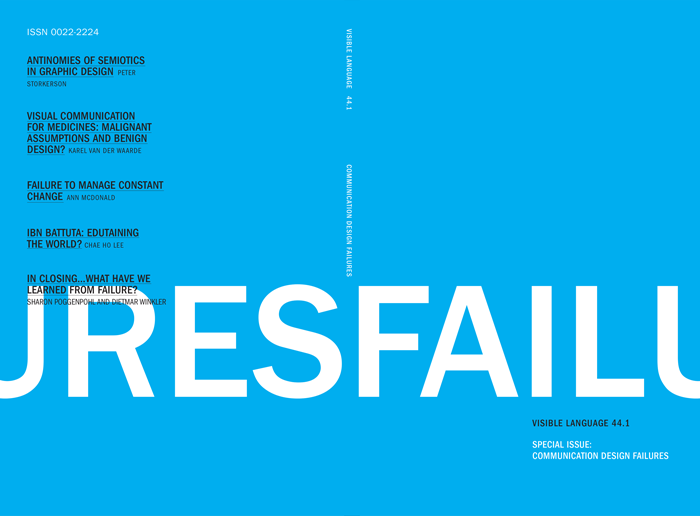Failure to Manage Constant Change
Abstract
This study examines patterns of system failure (communication, typographic, material, economic, maintenance) and the resulting workarounds in signs that are intended to communicate frequently changing information in the built environment. The observed failures and workarounds in the communication of ephemeral data and the accompanying narratives in the everyday or vernacular expose a need for designers to expand their practice beyond the design of individual client-driven solutions to engage more fully in the design and distribution of open-ended systems and default templates that are affordable, accessible and successfully accommodate customization and ongoing change. Control of the scale, design and content of changing messages rests in ongoing negotiations with local zoning boards and more specifically in a revised relationship between designers and message senders in the context of evolving digital technologies and practices that offer message senders increased control over content appearance and display. The templates and defaults used in the everyday communication of frequently changing information are often driven by decisions made by sign manufacturers and programmers, resulting in communications that are built upon conventions that are often unexamined by message senders, who chose methods from a limited selection of manufactured options and increasingly enact template driven message sequences displayed on digital screens.Downloads
Published
2010-04-01
Issue
Section
Journal Article

